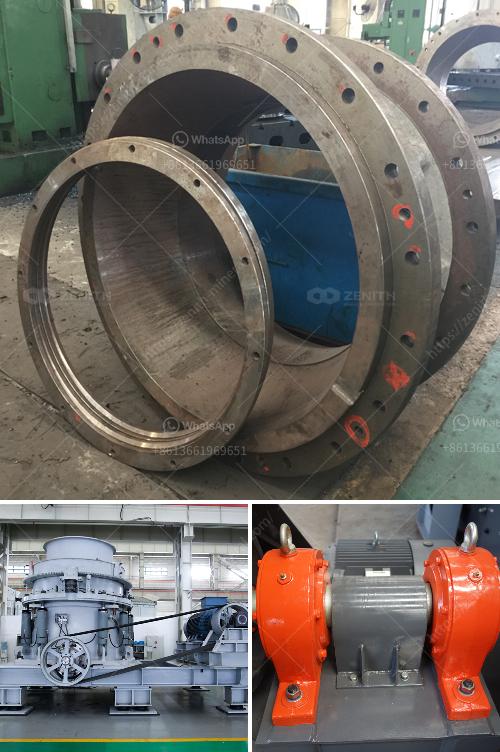Belt conveyors are mechanical systems designed to transport materials from one point to another. They consist of several key components that work together:
- Belt: The continuous loop of material (rubber, fabric, metal, etc.) that moves and carries the items.
- Pulleys: Wheels or drums over which the belt is looped, typically one at each end of the conveyor. The drive pulley is powered and moves the belt, while the other is known as the idler pulley.
- Motor: Provides the power to turn the drive pulley.
- Frame: The structure supporting the belt, pulleys, and motor.
- Rollers: Positioned under the belt to support its weight and reduce abrasion, easing the movement of the belt.
Working Principle:
- Loading: Materials are placed on the belt at the feeding point.
- Movement: The motor powers the drive pulley, which in turn moves the belt.
- Transport: As the belt moves, it carries the materials along the frame to the discharge point.
- Unloading: Materials are unloaded at the desired location.
Utilizing friction between the belt and the drive pulley, belt conveyors efficiently transport a wide variety of materials in various directions and inclines. They are widely used in industries such as mining, manufacturing, and logistics.


